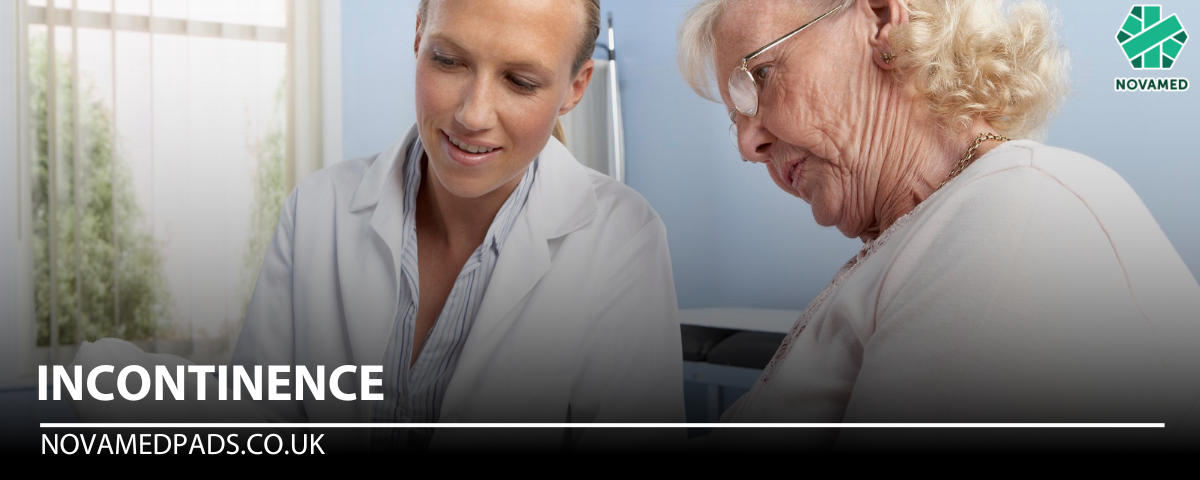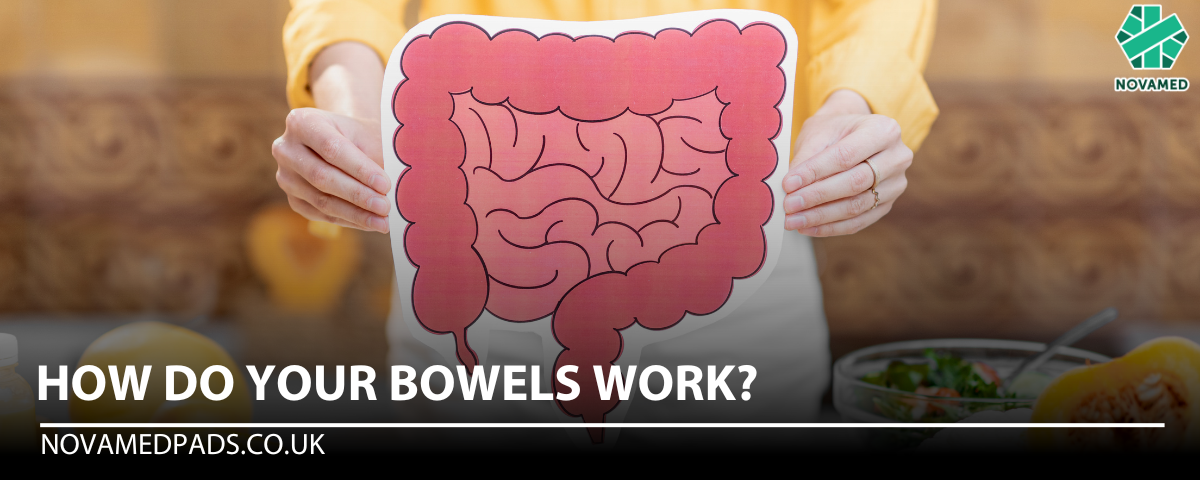
Age Incontinence
Understanding Urinary Incontinence: Types, Causes, and Risk Factors
Urinary incontinence is the involuntary leakage of urine, affecting millions of people worldwide. Medically, this condition is categorized into urge incontinence and stress incontinence. Improving awareness of this condition is essential due to its significant impact on quality of life, including social isolation, anxiety, depression, and embarrassment.
Types of Urinary Incontinence
- Urge Incontinence (or "overactive bladder") occurs when the bladder sphincter muscles are unable to contract strongly enough to prevent urine leakage.
- Stress Incontinence results from a weakening of abdominal and pelvic muscles, often leading to leaks during activities that increase pressure on these muscles, such as coughing, sneezing, or lifting.
The Urinary Tract and Incontinence
The urinary tract consists of the kidneys, ureters, bladder, and urethra. These organs are lined with protective mucosa, which helps to prevent infections by blocking harmful bacteria from affecting the system. The nerves in the spinal cord control the muscles involved in urination, such as the bladder sphincter, which closes the urinary tract to prevent leakage.
In some cases, nerve damage due to spinal cord injuries or diseases can cause urinary incontinence, leading to a loss of muscle control in the bladder and surrounding organs.
Causes of Stress Incontinence in Women
Stress incontinence is particularly common in women, often caused by weakened pelvic muscles and connective tissues that support the bladder, rectum, and nearby organs. Factors contributing to stress incontinence include:
- Childbirth: Vaginal deliveries, especially those involving forceps or C-sections, can damage the pelvic floor muscles, leading to stress incontinence.
- Ageing: As women age, pelvic muscle strength declines, making them more susceptible to leaks during physical activities.
- Pelvic Organ Prolapse (POP): A condition where the ligaments supporting organs like the bladder, uterus, or rectum weaken, increasing the risk of incontinence.
Research shows that nearly three-quarters of women experience urinary incontinence after childbirth, with the highest risk in the first year following delivery.
Risk Factors for Urinary Incontinence
In addition to childbirth and ageing, several other factors can increase the likelihood of developing urinary incontinence:
- Obesity: Studies show that up to 66% of obese women experience urinary incontinence. Excess weight puts additional pressure on the bladder and pelvic muscles.
- Multiple Childbirths: Women with multiple vaginal deliveries have a higher risk of developing stress incontinence.
- Delayed Recovery: Women who do not fully recover from urinary incontinence within 12 months after childbirth are 10 times more likely to develop chronic incontinence.
- Medical Interventions: Treatments such as hormone therapy for postpartum haemorrhage may increase the likelihood of future incontinence.
Urinary Incontinence in Older Women
Urinary incontinence becomes more common with age, affecting around 2% of women under 40, but rising to over 15% of those over 70. One study reported that 20% of 70-year-olds experience some form of incontinence, highlighting the condition's prevalence in older women.
Key Takeaways on Managing Urinary Incontinence
Understanding the causes and risk factors of urinary incontinence can help in managing the condition. Treatments may include pelvic floor exercises, lifestyle changes, and medical interventions. Early diagnosis and proactive management can significantly improve quality of life for those affected.
Feel free to explore our full range of incontinence solutions here!
Bladder and bowel incontinence may be caused by conditions which can be treated medically. Please consult your physician for medical advice and guidance.




